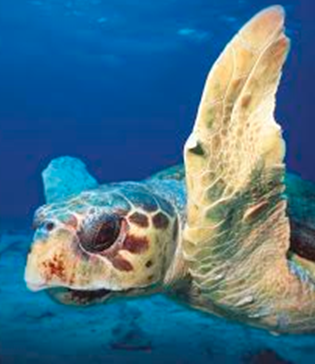Speakers
Ms
Eva Horvat
(student of University of Ljubljana)Dr
Polona Pengal
(Revivo, Polona Pengal s.p.)
Description
European pilchard (Sardina pilchardus, Walb., 1972) is a typical small pelagic fish and together with European anchovy (Engraulis encrasicolus, L., 1758) represents an essential link between trophic levels in marine pelagic environment. It is one of the most important commercial species of the Mediterranean and the Adriatic Sea (Santojanni et al., 2003, 2005; Somarakis et al., 2004).
Only recently have stock assessments become available for a small proportion of commercially exploited Mediterranean fish stocks. Stock assessment results for 2010 showed that over 50% of fish stocks in Mediterranean are overexploited (Giannoulaki et al., 2011). One of the newest stock assessment methods is ichthyoplankton based, which needs relatively little effort to gather the required data and has never before been performed in Slovenia (Pengal et al., 2014).
The so called Daily egg production method (DEPM) plays a key role in our understanding of the fish ecology, population dynamic and biomass estimation for the target species (Somarakis et al., 2002). Method improves our understanding of the interrelationships between fish species during their early life stages, as well as an understanding of adult spawning patterns (Koutrakis et al., 2003). Since sardine and anchovy in the northern Adriatic are shared stocks among Italy, Croatia and Slovenia it is important that all countries strive towards a joint stock assessment and management (Pengal et al., 2014).
The main aim of this study is to determine the peak spawning season and area of the target species (European pilchard) in the Slovenian sea following the DEPM sampling protocol. The data will be compared with the results of the previously used method for peak spawning determination, the gonad maturity method. Our goal is also to explain the peak of egg abundance in relation to the selected biotic (zooplankton biomass, chlorophyll a, etc.) and abiotic (depth, salinity, temperature and oxygen) parameters.
Authors
Ms
Eva Horvat
(student of University of Ljubljana)
Dr
Polona Pengal
(Revivo, Polona Pengal s.p.)
Co-authors
Prof.
Mihael Jožef Toman
(Univerza v Ljubljani, BF, Oddelek za biologijo)
Tomaž Modic
(Zavod za ribištvo Slovenije)

